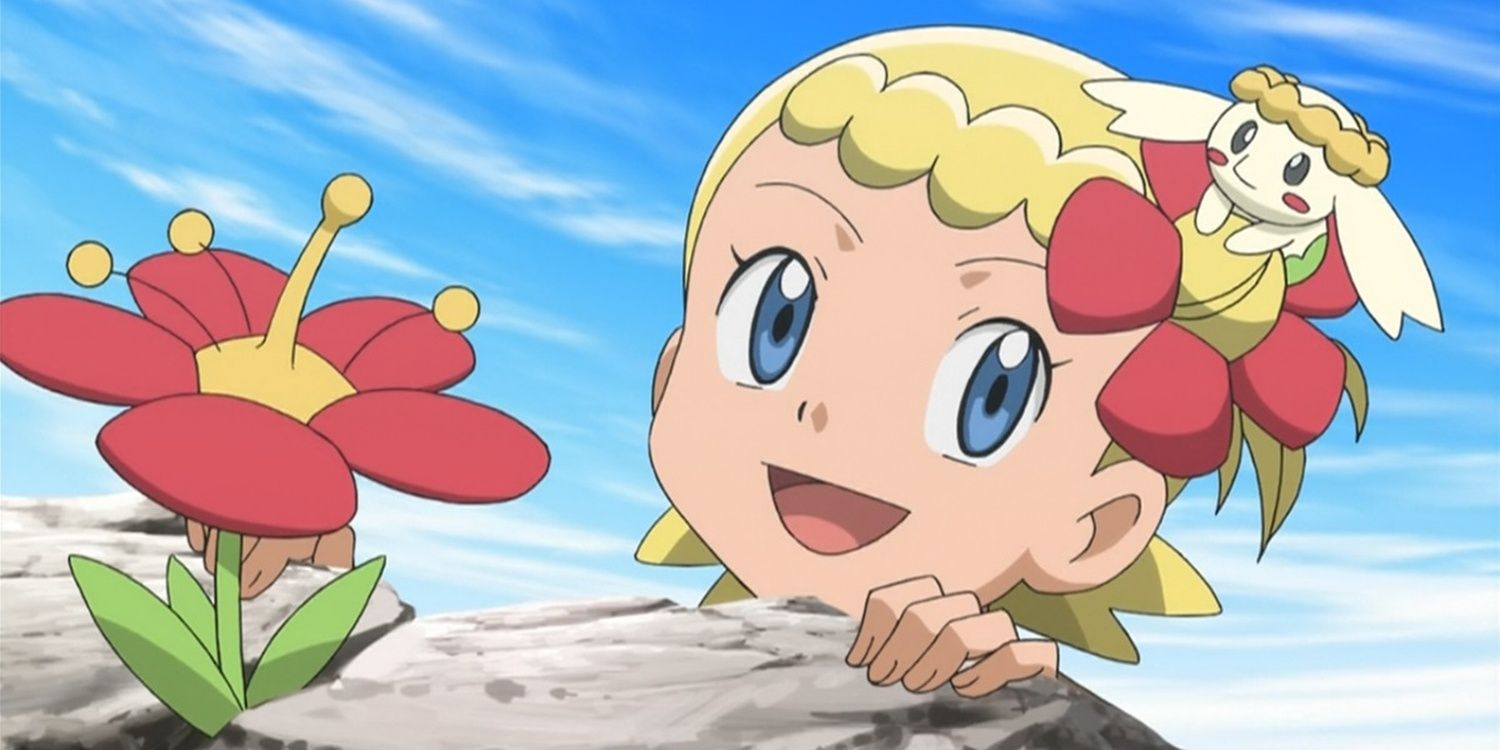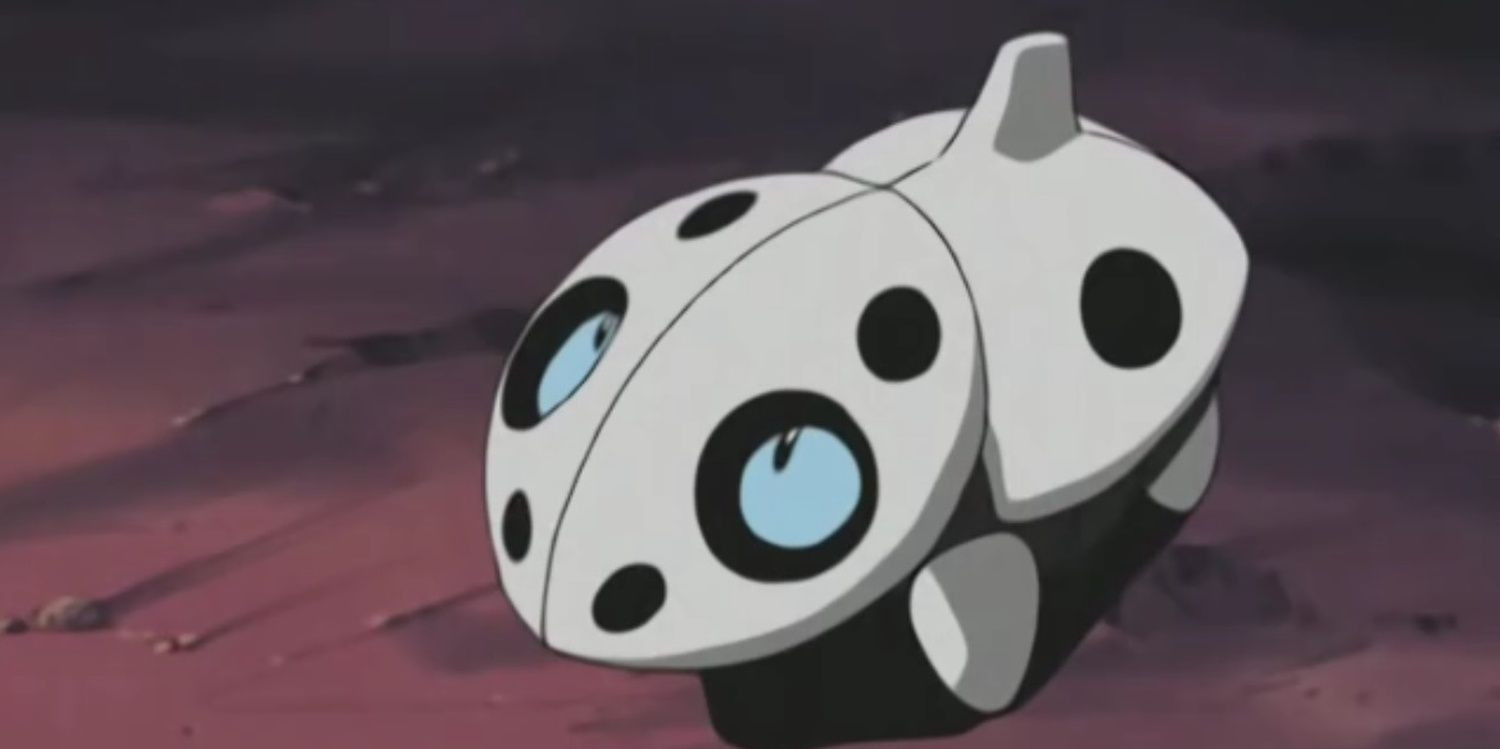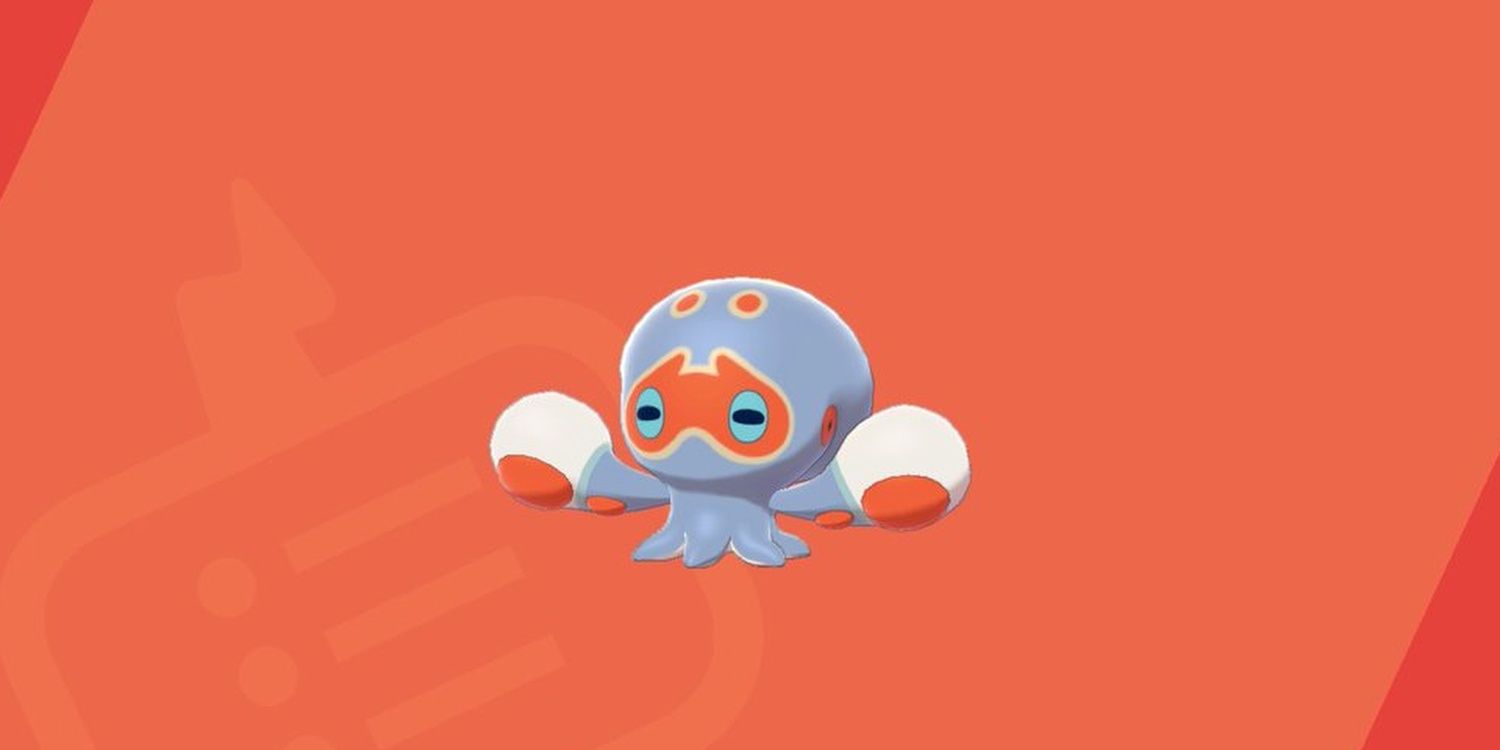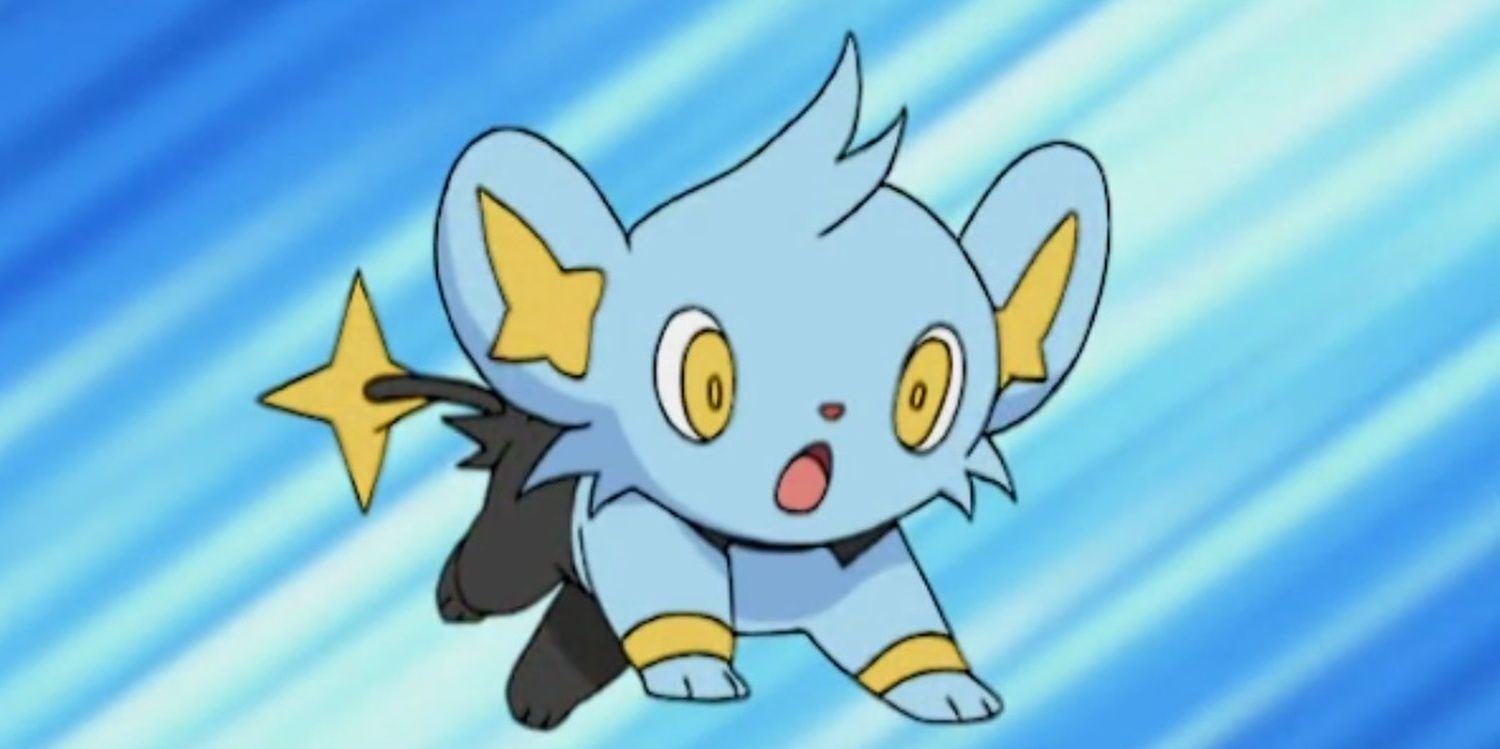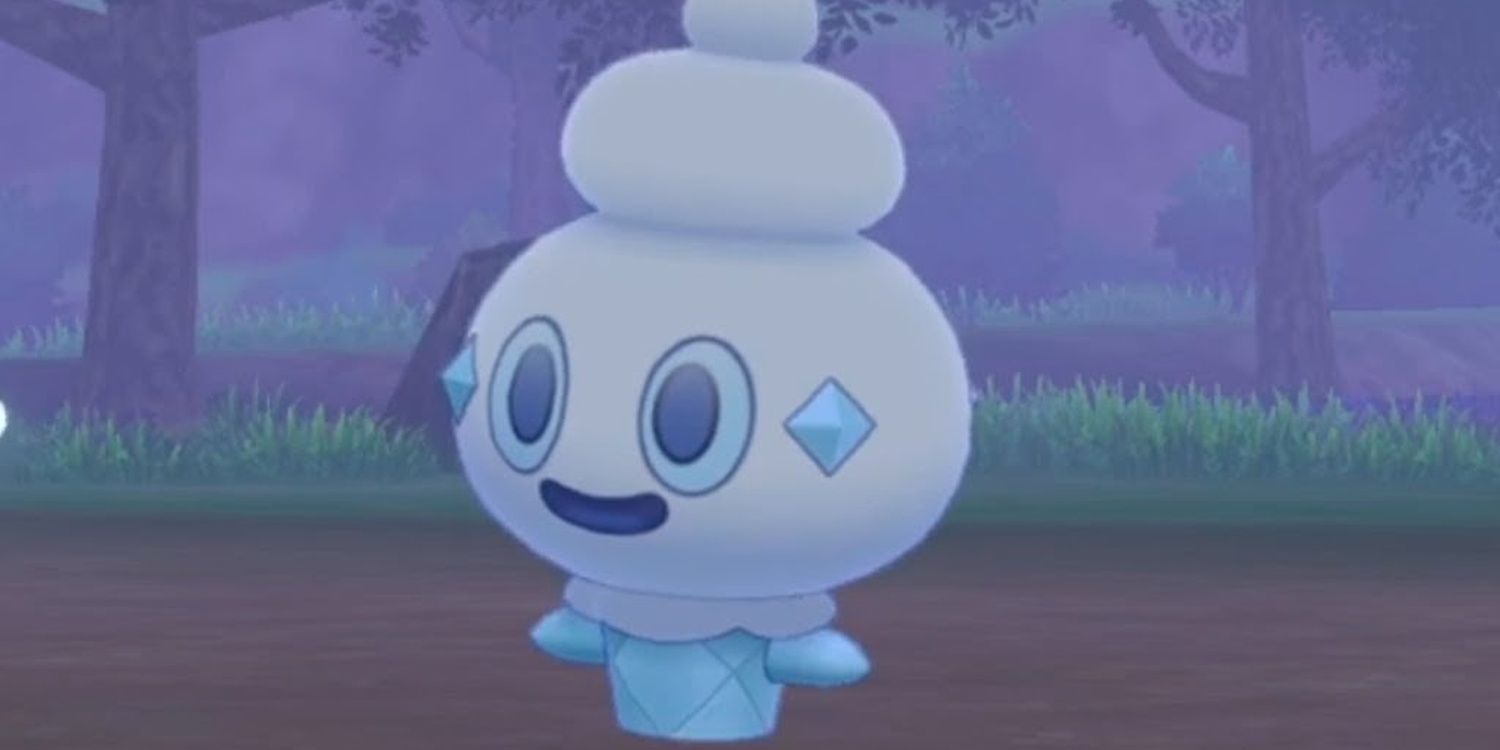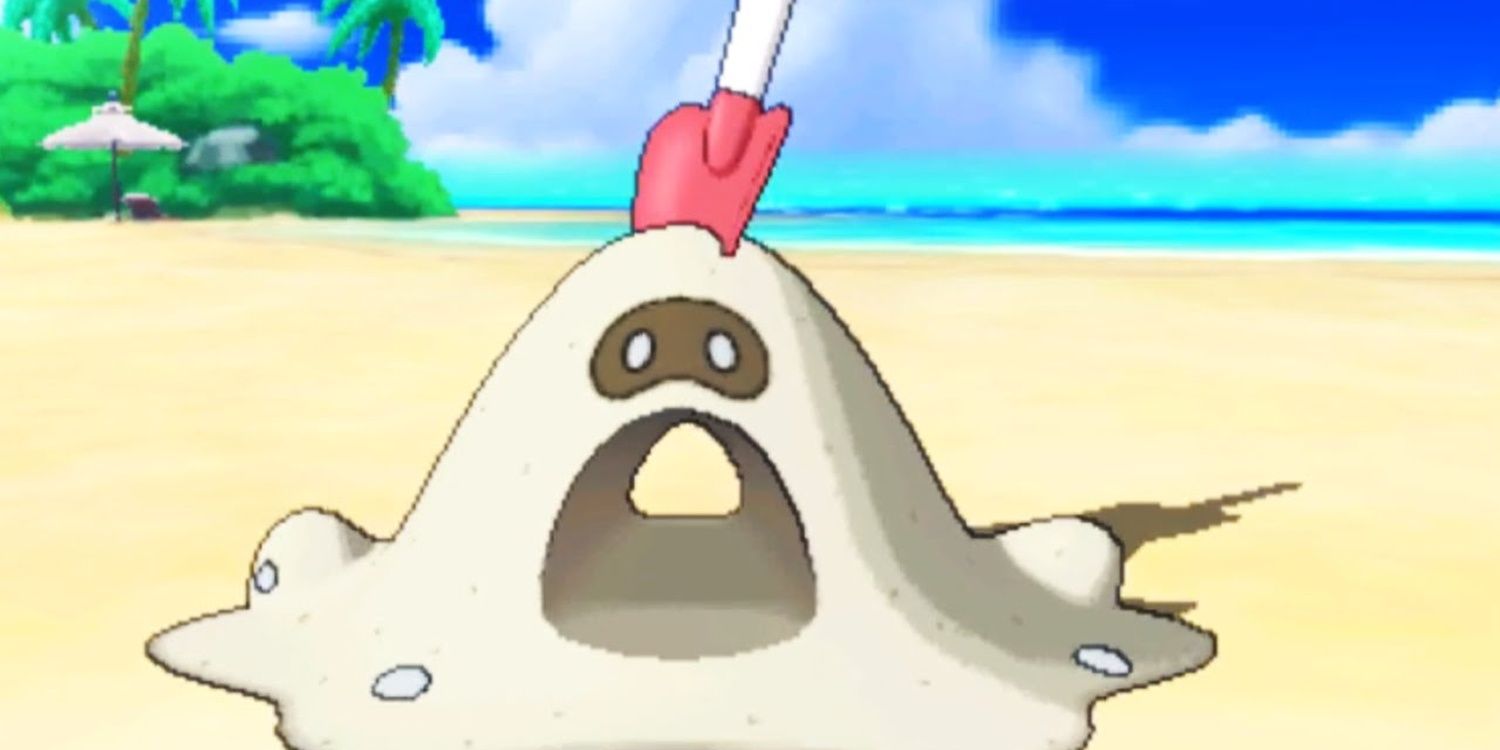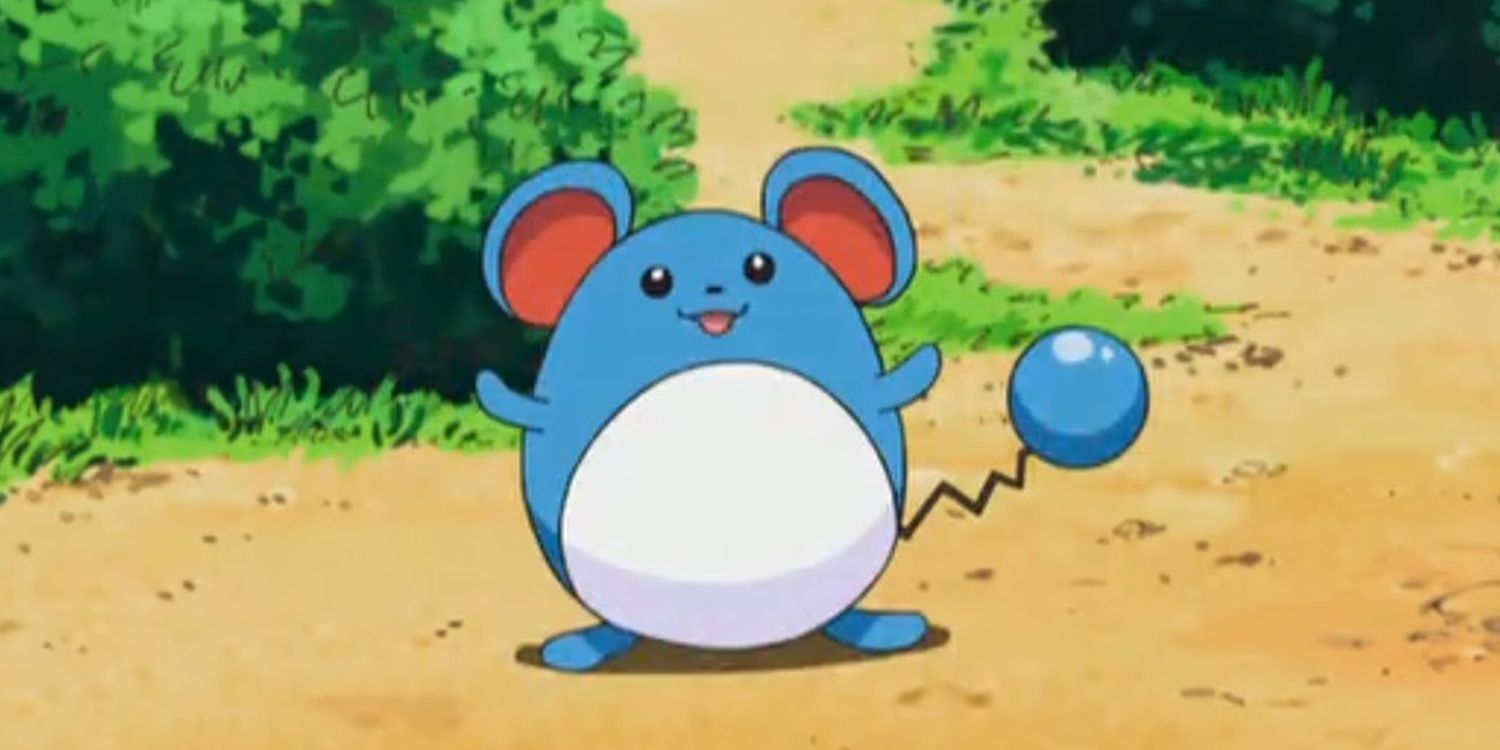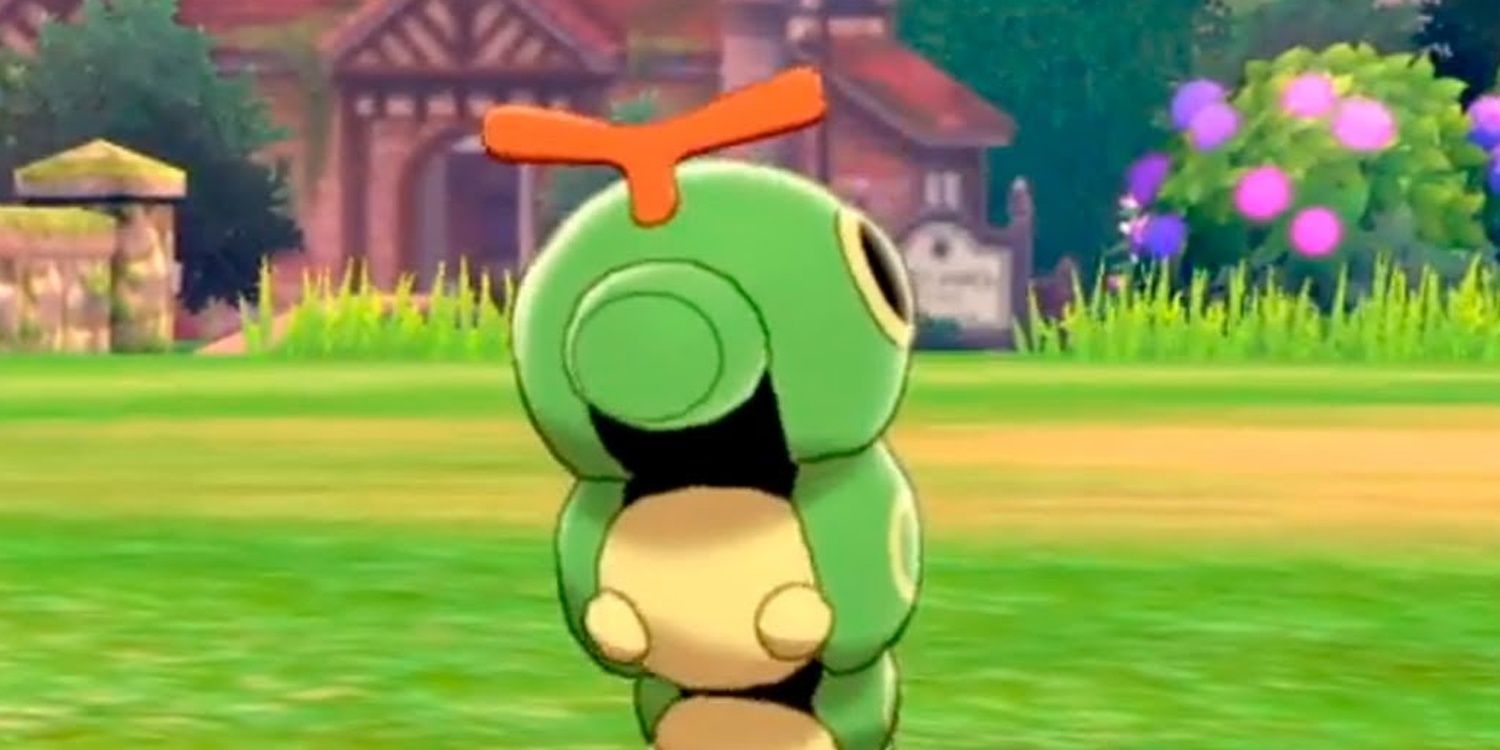The Pokémon franchise has followed a familiar formula since its inception in 1996. Players are offered a choice of three starting Pokémon and are tasked with defeating individuals who have trained extensively, with the ultimate goal being to challenge the Elite Four and the Pokémon League champion in order to be named the greatest trainer. All while catching adorable companions and attempting to collect them all.
Among the ranks of the Pokémon collected, there are a great many options who could fit the bill of starters. As seen throughout the campaigns, many Pokémon become a trainer’s first and these don’t always follow the Fire, Water, and Grass formula. In light, here are three potential Pokémon players could start with from each generation in place of the options available.
8 Generation VI – Flabébé, Honedge, Pancham
Of the 72 Pokémon introduced in Generation VI, very few lend themselves to the necessary formula which could produce a trio of starting Pokémon. Since this generation introduced the Fairy type, it makes sense to include a pure Fairy starter in the equation, thus Flabébé is a shoo-in.
In combatting the powerful Fairy type, Honedge earns its place in the trio with a super-effective Steel typing. Unfortunately, players will have to relinquish their life force in order to wield this Pokémon in battle, but those who want to avoid this danger and aren’t interested in fairies can pick up Pancham. It won’t gain a Dark secondary type until it evolves, but Pancham makes a solid complement to the others listed.
7 Generation III – Seedot, Spheal, Aron
For Generation III, we will make the inclusion of a Grass starter in Seedot. Seedot follows a common trend for starters that begin as cute small versions of their eventual evolutionary forms and contain an almost teenage version in the middle.
Following the chain, Seedot’s Grass typing allows it to be super effective against Spheal’s secondary Water typing. That same Water typing is super effective against Aron’s secondary Rock typing. While Aron can’t deal super-effective damage to Seedot in turn, these Pokémon still fit the bill for starters. Though Seedot doesn't possess any resistance to Aron's types, trainers should be comfortable with the tradeoff.
6 Generation VIII – Clobbopus, Cufant, Milcery
For the Galar region, we wanted to focus specifically on Pokémon with only two evolutionary stages in order to encourage unity between the alternate trio. We also wanted to stick with single-type Pokémon which brought interesting designs to their typings.
Milcery fits the bill of a Fairy-type but also has the interesting ability to change appearances. If a trainer chooses the Fighting-type Clobbopus, who looks like it should be a Water-type, they’ll have trouble dealing with a rival Milcery but should be wonderfully prepared to face an opposing Cufant. Though it has a Steel typing, Cufant is an elephant with no noticeable metallic body parts.
5 Generation IV – Starly, Burmy, Shinx
For most generations, Pidgey clones were avoided. However, Starly is an exception because of the critical Flying secondary typing. That type becomes necessary because this list would be incomplete without the purely Electric-type Shinx.
Shinx can deal super-effective damage against Starly. Starly’s Flying-type gives it an early advantage over the Bug-type Pokémon Burmy. While Burmy doesn’t have an advantage over Shinx early on, a female Burmy will evolve into Wormadam who can have a secondary type of Ground, which will overcome a rival Shinx. Burmy won’t get a third evolutionary stage, but it’s a nice Pokémon for a starter role.
4 Generation V – Timburr, Vanillite, Pidove
Take two for the Pidgey clones, Pidove works its way into relevance here because it bridges a gap between Timburr and Vanillite, being super effective against Fighting and weak against Ice. The evolutionary chains of all three are very solid, have three stages, and, if the Ice-type is chosen, trainers end up with a double-dipped ice cream cone as their oldest companion.
What we like most about these alternatives is the pure typing of Timburr and Vanillite. They both have one type, are unique, and don’t necessarily have a niche anywhere else in the games. These Pokémon introduce a unique dynamic that most people should be able to get behind.
3 Generation VII – Bounsweet, Salandit, Sandygast
Among other things, the Alola region gave players many great Pokémon and several intriguing variations of old ones. Because of how different the region is, it is imperative that a starter is included that embodies the unique feel of Alola.
Sandygast is a Ground and Ghost-type Pokémon who has the appearance of a sandcastle. While it doesn’t have a third stage evolution, it is still a great inclusion. With its ground typing, it is super effective against Salandit’s Fire and Poison typings. While neither of these Pokémon has a third stage, they’re both very key to the Generation VII games. Bounsweet is a beautiful addition that brings a pure Grass-type with three full stages.
2 Generation II – Marill, Larvitar, Mareep
For the second generation of Pokémon games, the focus is on type advantages without requiring candidates to have three-stage evolutions. Plus, we couldn’t help but include Marill, especially considering that many people once thought this cute little water mouse would fill a similar role to Pikachu.
The chain of advantages followed in this generation would be Water, Rock/Ground, and Electric. While the unfortunate tradeoff here is that those who take the Water starter would miss out on a third evolutionary stage, Marill deserves to be a starter and could rightfully claim its place at the front.
1 Generation I – Caterpie, Oddish, Geodude
In addition to the smallest game map, the original generation of Pokémon certainly has some of the most iconic starters in the franchise. While the options presented are beloved, what if Professor Oak didn’t give trainers the option of taking a Charmander, Bulbasaur, or Squirtle?
The original list of 150 Pokémon has several options that could fill the traditional formula. However, we went a different route in order to preserve the integrity of having three evolutionary stages. The three chosen types are Bug, Grass, and Rock. Type effectiveness remains in place on paper, though Oddish does negate the bug attacks from Caterpie, and all three of these Pokémon are acquired early enough in Kanto that they already feel iconic.


